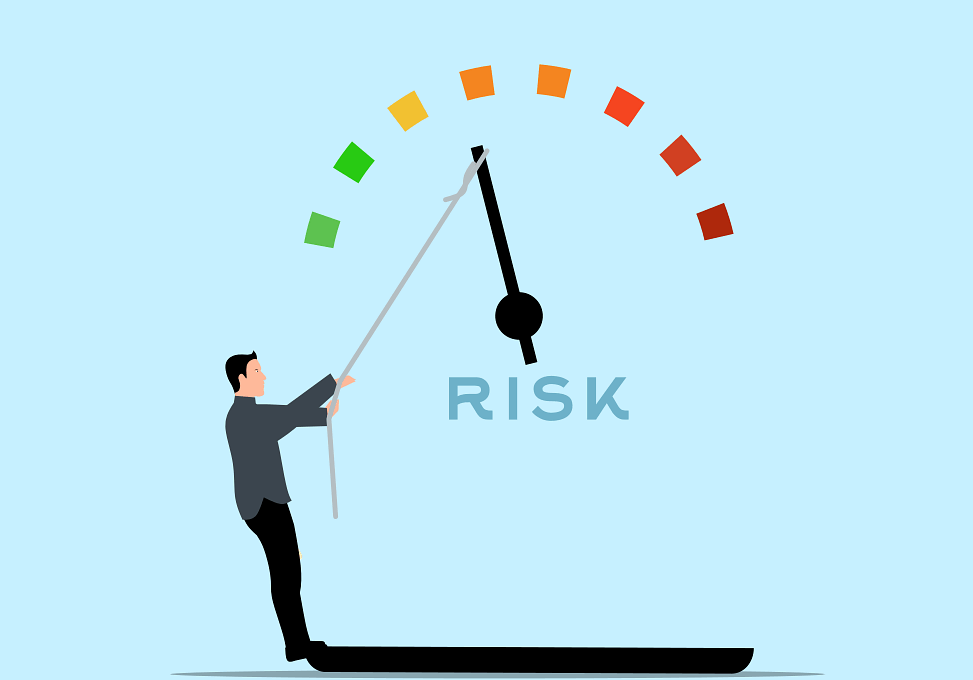Computational Techniques for Risk Assessment in Business Finance
Risk assessment is crucial in the domain of business finance as it allows organizations to evaluate potential threats that can impact their financial stability and profitability. Utilizing computational techniques enhances the accuracy and efficiency of these assessments, enabling businesses to make informed decisions. Some key computational techniques include Monte Carlo simulations, which model the probability of different outcomes in uncertain scenarios, and Value at Risk (VaR) calculations, which estimate potential losses in investment portfolios. Furthermore, advanced algorithms can process large datasets to recognize patterns, providing valuable insights into market behaviors and risks. Decision trees are another technique that helps in visualizing various decision pathways and their respective risks. Machine learning algorithms are increasingly being harnessed to improve risk predictions by analyzing historical data and adapting to new information effectively. In addition, structural equation modeling aids in understanding complex relationships between variables, making it effective for multifaceted financial environments. Overall, the integration of these computational methods signifies a shift towards more data-driven approaches in assessing risk, ultimately benefiting financial management and strategic planning.
Effective risk management requires organizations to identify various types of risks, including credit risk, market risk, operational risk, and liquidity risk. Each risk category presents unique challenges that businesses must address. Credit risk involves the possibility of loss due to a borrower’s failure to repay a loan. Market risk refers to the potential fluctuations in value resulting from market conditions. Operational risk comprises risks arising from internal processes, systems, or external events, while liquidity risk signifies the challenges of ensuring adequate cash flow. By implementing computational techniques, businesses can quantify these risks, enabling well-structured financial strategies. Consideration of both quantitative and qualitative risk factors yields a thorough understanding of potential threats. The utilization of Big Data analytics has revolutionized risk assessment processes, allowing companies to examine larger datasets efficiently, thus uncovering hidden correlations. By identifying leading indicators of risks, organizations can proactively develop strategies to mitigate these financial threats. Continuous monitoring and updating of risk assessment models ensure that companies adapt to changing market conditions, safeguarding their financial health and enabling sustainable growth.
The Role of Machine Learning
Machine learning has emerged as a transformative force in risk assessment, empowering organizations to harness their data for insightful decision-making. By employing algorithms that learn from historical data, businesses can tailor their risk assessment models to be more responsive to new and emerging risks. These algorithms can identify anomalies and patterns, facilitating the early detection of potential financial threats. Moreover, predictive analytics driven by machine learning enables organizations to forecast risks based on various scenarios, taking into account different variables and their interactions. This proactive approach allows businesses to prepare for adverse situations more effectively than traditional methods. As machine learning continually evolves, its applications in risk assessment broaden, encompassing vast financial datasets across diverse markets. Collaboration between data scientists and finance professionals enhances these efforts, ensuring that models remain relevant and robust. Skilled practitioners can refine active learning techniques to optimize models based on new data inputs. Ultimately, this fusion of computational methods with financial expertise significantly elevates the quality of risk assessments and fosters a culture of informed financial decision-making within organizations.
Integration of computational techniques in risk assessment also necessitates a focus on data quality and validation processes. Inaccurate or incomplete data can lead to misleading risk assessments, resulting in poor decision-making that may have severe financial implications. Businesses must implement stringent data management practices to ensure that the data used in risk models is accurate, relevant, and timely. Robust data validation frameworks can identify anomalies or inconsistencies that could skew results. Organizations can also benefit from establishing data governance protocols, which outline clear ownership, accountability, and usage guidelines for financial data. Regular updates and cleansing of datasets ensure that the risk assessment models reflect current market conditions. Additionally, it is vital to combine quantitative data with qualitative insights gathered from industry experts. By integrating expert opinion into models, businesses gain a comprehensive understanding of potential risks that might not be captured through numerical data alone. This multi-faceted approach leads to a more holistic view of financial health, enabling companies to strategize effectively in the ever-evolving business landscape.
Scenario Analysis and Stress Testing
Scenario analysis and stress testing stand out as critical components of computational risk assessment techniques, allowing organizations to assess how various adverse conditions may impact their financial stability. Through scenario analysis, businesses can evaluate the effects of plausible but extreme market conditions on their operations, preparing them for potential challenges. This forward-looking approach involves constructing various financial scenarios based on historical data and hypothetical situations, enabling businesses to analyze their responses to disturbances. Stress testing, on the other hand, simulates worse-case scenarios to determine the resilience of financial structures under severe conditions. Regulatory bodies often require institutions to conduct stress tests to ensure that they can withstand unexpected market volatility. Employing computational methods enhances the rigor of these analyses, allowing companies to simulate multiple scenarios rapidly and assess the resulting impacts. Through these techniques, organizations can make informed adjustments to their strategies, positioning themselves to better navigate financial turbulence. Moreover, these assessments can significantly enhance stakeholder confidence, demonstrating a commitment to transparency and prudence in financial management.
Collaborative decision-making plays a vital role in the application of computational techniques for risk assessment in business finance. Engaging diverse stakeholders, including finance professionals, data scientists, and risk managers, fosters a comprehensive understanding of potential risks and their implications. By incorporating different perspectives, organizations can formulate strategies that account for various risks that might otherwise be overlooked. Regular meetings to review risk assessments and to evaluate the effectiveness of applied computational methods are essential for continuous improvement. Establishing cross-functional teams enables businesses to break down silos and encourage knowledge sharing, thereby enhancing the overall quality of risk assessment processes. Additionally, fostering an organizational culture that values innovation and risk awareness encourages employees to proactively identify potential threats. This collective approach ensures that risk assessments remain dynamic, adapting to evolving market conditions and organizational goals. As a result, organizations can foster resilience, equipping themselves to navigate uncertain financial landscapes effectively. By leveraging the strengths of its team and the capabilities of computational techniques, a business can enable sustainable growth and maintain a competitive edge.
Future Trends in Computational Risk Assessment
The future of computational risk assessment in business finance is poised for transformative changes, driven by technological advancements and evolving market dynamics. Innovations such as artificial intelligence and blockchain present new opportunities for improving risk management frameworks. AI-driven analytics will further enhance predictive capabilities, offering refined insights that help organizations identify emerging risks much sooner. As a result, businesses can not only react to potential threats but also anticipate them proactively. Blockchain technology contributes by providing a transparent ledger, ensuring data integrity and facilitating secure data sharing among stakeholders. These advancements will likely lead to an even greater reliance on real-time data for effective risk assessment. Additionally, the globalization of markets necessitates a comprehensive understanding of geopolitical risks, making it essential for organizations to adapt their risk models to encompass a broader range of factors. Enhanced governance, regulatory compliance, and ethical considerations in data usage will become more prominent as organizations strive to balance profit and responsibility. Overall, the integration of these future trends will shape risk assessment practices, promoting agility, transparency, and resilience across the finance sector.
In conclusion, the integration of computational techniques for risk assessment in business finance has vastly improved decision-making processes and enhanced the ability to manage various financial threats. By leveraging data science, machine learning, and advanced analytics, organizations can better understand their risk exposure and establish effective mitigation strategies. Essential techniques like scenario analysis, stress testing, and the incorporation of diverse stakeholder perspectives create a robust framework for addressing potential risks. As technology continues to evolve, businesses must remain vigilant and adaptive, embracing new tools and methodologies to stay ahead of emerging threats. The pursuit of excellence in risk management will be vital for long-term profitability and sustainability, ultimately enriching the overall financial landscape. Organizations that prioritize and invest in computational methods will foster resilience and agility, enabling them to navigate an increasingly complex and volatile environment successfully. The collaborative approach involving various experts will maximize the potential of these computational techniques, ensuring that companies not only remain compliant with regulatory requirements but also gain competitive advantages. As this field expands, ongoing research and development will enhance the methods used, leading to continuous improvement and innovation in risk assessment practices.


